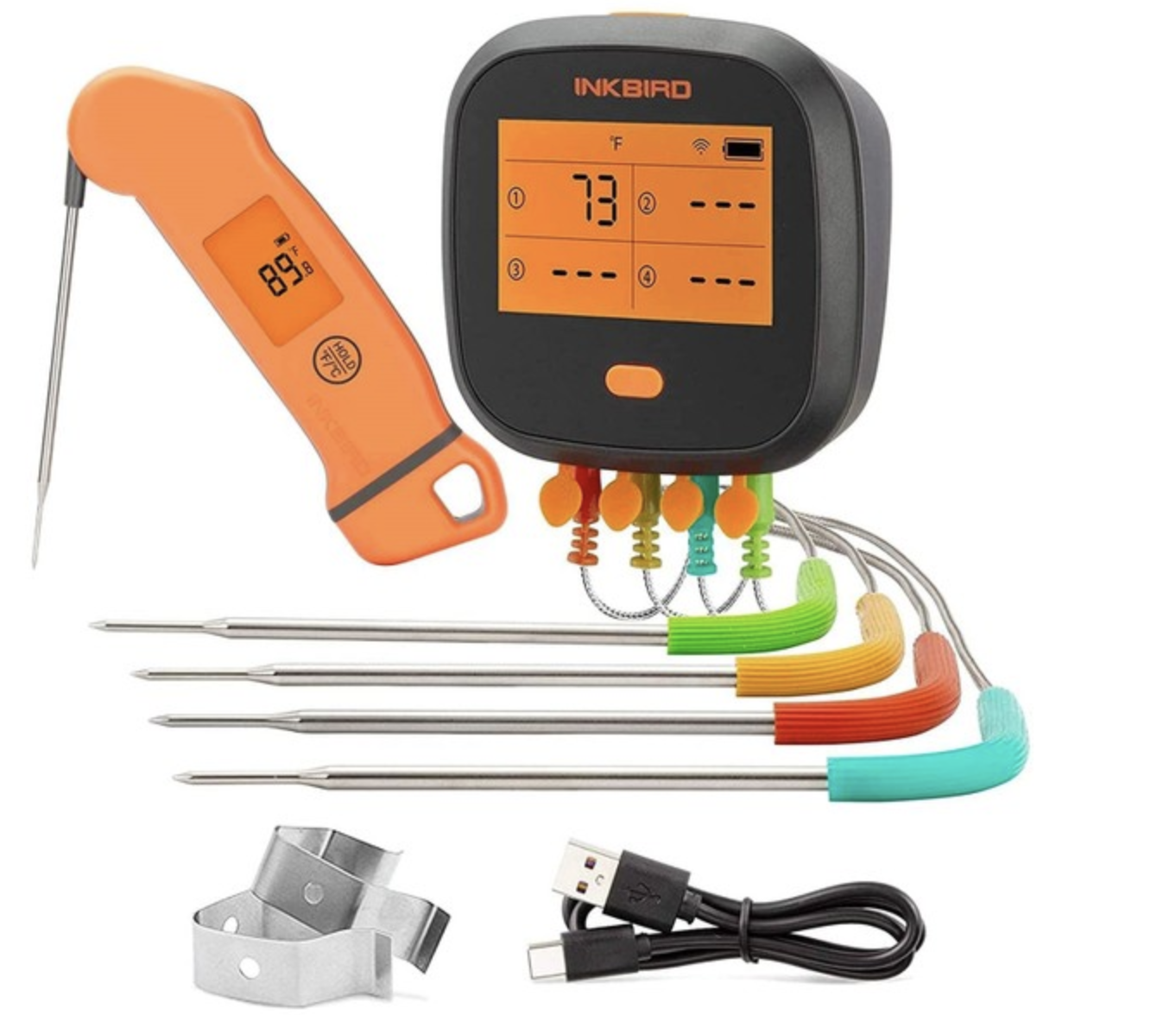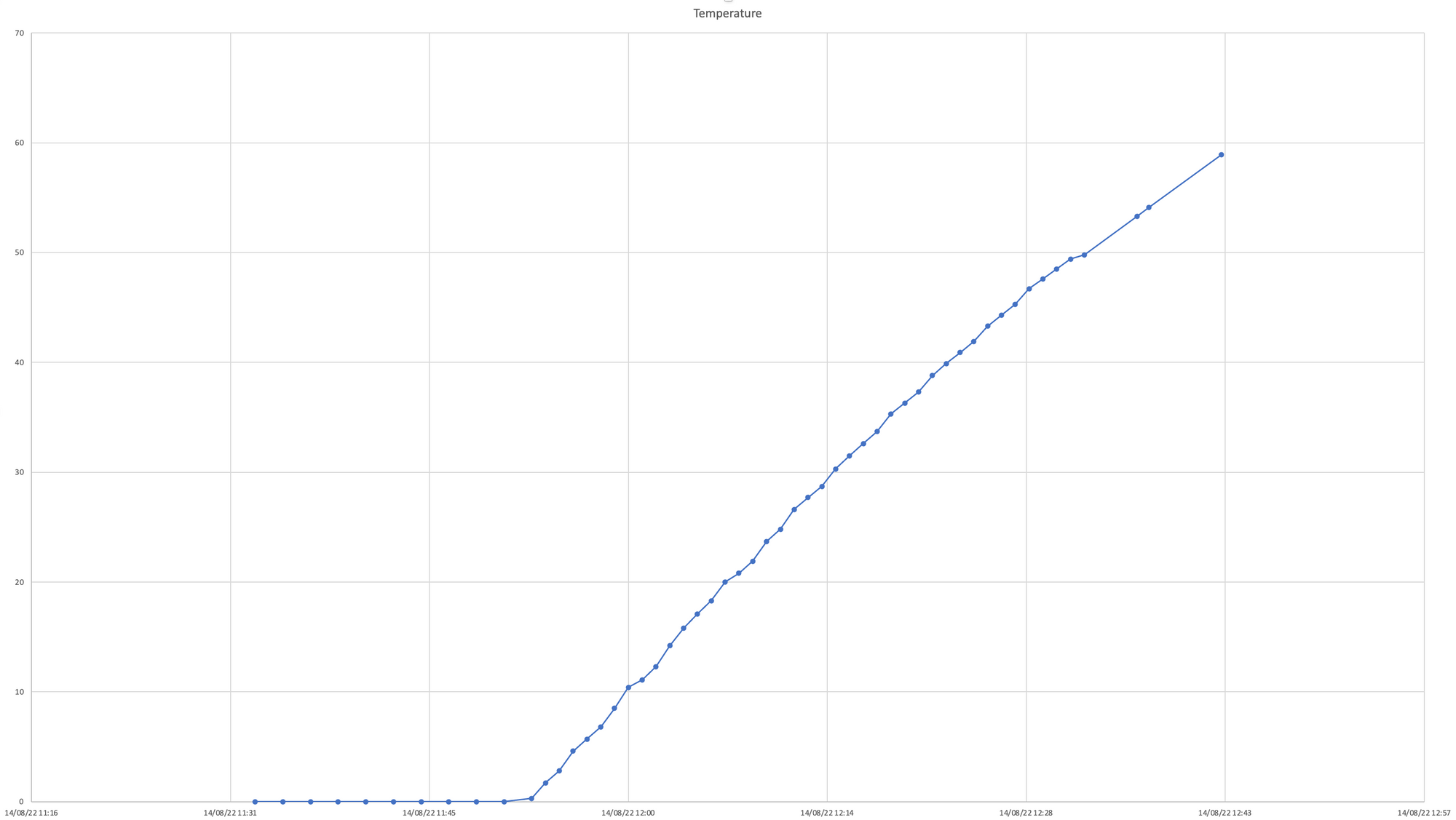Meat the Data
The evolution of cooking meat over flaming coals has come a long way, well for me anyway. Growing up my old man simply cut up some wood, biffed it in the braai (BBQ) lit it and after 30min put the grill on and cooked our steaks and boerewors. This was a Sunday afternoon tradition, not even a bit of rain would stop us. Gas BBQ’s were not very big in South Africa back then. Getting the meat cooked to how you liked it was a bit of a guessing game until you had mastered the timing required for that perfect cook.
Fast forward a decade I remember purchasing my first braai. It only seemed right that it was the second thing my wife and I purchased after buying our first house together. We decided that the Weber 56cm Kettle was the one we wanted. It’s now 12 years old and still going strong, a testament to the Weber build quality.
I’ve spent hundreds of hours cooking on it and it wasn’t until I started working at vBridge when I realised, I was missing out on a whole new level of outdoor meat cooking as I was now working with a bunch of dudes that took their BBQ-ing very seriously. I’m talking temperature controlled low and slow on the likes of Traeger’s and Komodo Joe’s.
So, I decided to do a low and slow rack of pork ribs on the trusty Weber kettle, using the “snake method” to make sure I got a minimum 6 hour burn time on the briquets. You can also add a few its of wood if you want to smoke the meat. The challenge I faced was not knowing what temperature the kettle was during the cook. They turned out “ok” but not as good as I’d hoped for.
I was then lucky enough to win a Weber Gas BBQ, and after many years of refusing to buy a gas BBQ, mainly because I was stubborn and convinced gas wasn’t good, I will admit it has changed my mind, and well I quite enjoy cooking on it. The other thing I really like about it is that it serves as a second oven albeit outside, which becomes really handy when cooking multiple meals that need oven time. I do however don’t think it beats the taste of meat that’s been done over hot coals. #justmyopinion
I then decided after talking to the chaps in the office it was time to get a meat thermometer and found a great deal on an Inkbird 4T 4 probe Wi-Fi thermometer + an Inbird IHT-1S instant read thermometer.

I tell you what… cooking meat to the correct internal temperature has been a game changer, and takes a lot of the guesswork out of it. It’s also pretty cool being able to see the temperature stats on the digital thermometer in real time. You can also export the data to a csv and graph it out.
I used it to monitor a roast leg of lamb I did and as you can see from the below, once the meat starts getting warm inside, the graph becomes pretty linear. The reason I like keeping these stats is so that I can time cooks better in the future, like when to put the roast potatoes and veg on for example.

Data is everywhere and we humans love extracting and crunching it, even more so when we have a visual representation of what we are analysing.
